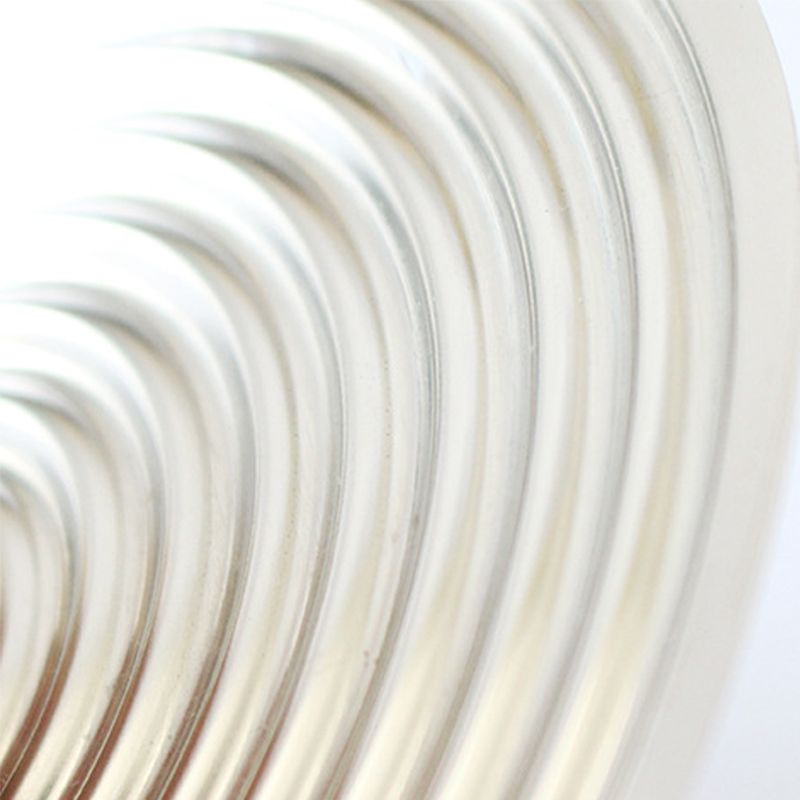
Nov . 29, 2024 09:31 Back to list
Calibrating Differential Pressure Gauges for Accurate ODM Measurements and Applications
Understanding the Calibration of Differential Pressure Gauges in ODM Applications
In numerous industrial sectors, the accurate measurement of pressure differentials is crucial for optimizing processes, ensuring safety, and maintaining product quality. Differential pressure gauges are instrumental in providing these crucial measurements. The calibration of these gauges is a key aspect of maintaining their accuracy, especially in Original Design Manufacturing (ODM) applications, where precision is paramount.
What is a Differential Pressure Gauge?
A differential pressure gauge is an instrument used to measure the difference in pressure between two points in a system. This type of gauge is widely used across various industries, including HVAC, pharmaceuticals, and petrochemicals, to monitor filters, level measurements, and liquid or gas flow conditions. Understanding how to accurately calibrate these devices is essential for ensuring they deliver precise measurements over time.
Importance of Calibration
Calibration is the process of adjusting an instrument to provide a result consistent with a known standard. For differential pressure gauges, proper calibration ensures that the readings reflect true pressure differentials, which in turn ensures efficient operations and compliance with industry regulations. In ODM settings, where custom equipment may be designed and manufactured, the calibration process takes on critical importance.
1. Accuracy Maintaining accuracy in differential pressure measurements is crucial. In scenarios where pressure differentials dictate system performance, even slight deviations can lead to inefficiencies or equipment failure. Therefore, regular calibration helps in providing precise measurements.
2. Compliance Many industries face strict regulatory requirements that necessitate the use of calibrated instruments. Failing to meet these standards can lead to legal repercussions and financial losses. Regular calibration of differential pressure gauges ensures that they comply with relevant standards.
3. Reliability A calibrated differential pressure gauge is more reliable than one that is not regularly checked. Reliability is essential in ODM applications, where manufacturers depend on consistent performance from their gauges to ensure quality and safety in their products.
4. Cost Efficiency Accurate measurements allow for better process control, which ultimately reduces material waste and production costs. By calibrating differential pressure gauges, manufacturers can optimize their processes, leading to increased overall efficiency.
odm calibrating differential pressure gauge

The Calibration Process
Calibrating a differential pressure gauge typically involves several steps
1. Preparation Before calibration, the gauge should be inspected for any visible damage. Ensure that the installation points are clean, and proper fittings are in place.
2. Reference Standard To achieve accurate calibration, a reference standard gauge, or a calibration device with known pressure values, is required. This standard gauge should also be regularly calibrated to ensure its accuracy.
3. Zero Adjustment This phase involves setting the gauge to zero without any applied pressure differential. A zero reading indicates there are no errors due to installation or mechanical factors.
4. Span Adjustment After setting the zero point, the next step is to apply known pressure differentials to test the gauge's response across its entire range. This can involve applying low, medium, and high-pressure differentials and comparing the readings with the reference standard.
5. Documentation After calibration is complete, it is essential to document the results. Maintaining a calibration log is crucial for quality assurance and regulatory compliance.
6. Periodic Checks Calibration is not a one-time event. Regular checks are necessary due to factors like temperature changes, mechanical wear, and environmental conditions, which can affect gauge performance. Establishing a routine calibration schedule will help maintain accuracy over time.
Conclusion
The calibration of differential pressure gauges is critical in ODM applications where precision and reliability are non-negotiable. By ensuring that these gauges are accurately calibrated, manufacturers can safeguard the integrity of their processes, comply with regulations, and maintain the high-quality standards expected in the industry. As technology advances and pressures increase, the importance of precise measurements will continue to grow, making regular calibration not just an operational necessity, but a cornerstone of effective manufacturing practices. By investing in proper calibration methods, ODM manufacturers can ensure their success in a competitive market.
-
High-Precision 5 Valve Manifold Differential Pressure Gauge Suppliers
NewsApr.29,2025
-
High-Precision Diaphragm Vacuum Pressure Gauges Manufacturers & Quotes
NewsApr.29,2025
-
Omega Differential Pressure Gauges High Accuracy & Durability
NewsApr.28,2025
-
Low Pressure Differential Pressure Gauges Precision Solutions & Quotes
NewsApr.28,2025
-
Digital Diaphragm Pressure Gaauge Precision Measurement & OEM Quotes
NewsApr.28,2025
-
Differential Pressure Gauge China Price High-Accuracy & Best Quotes
NewsApr.28,2025
